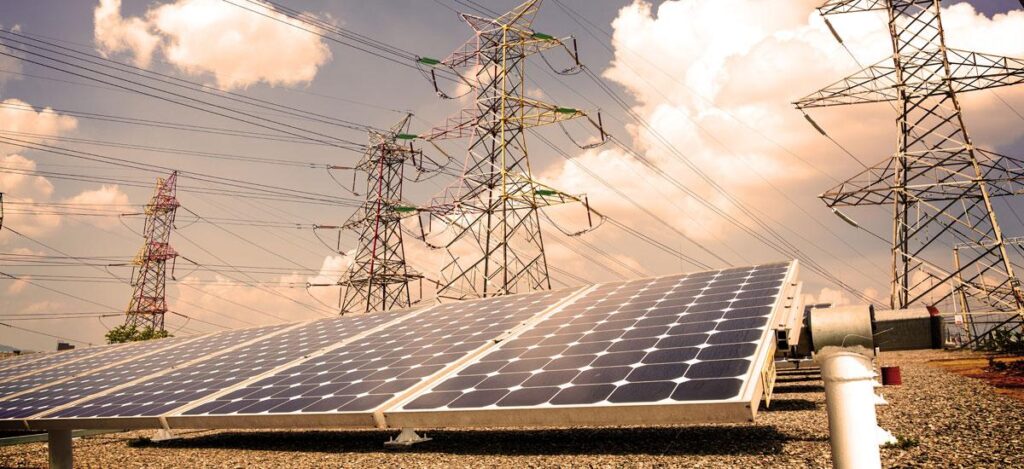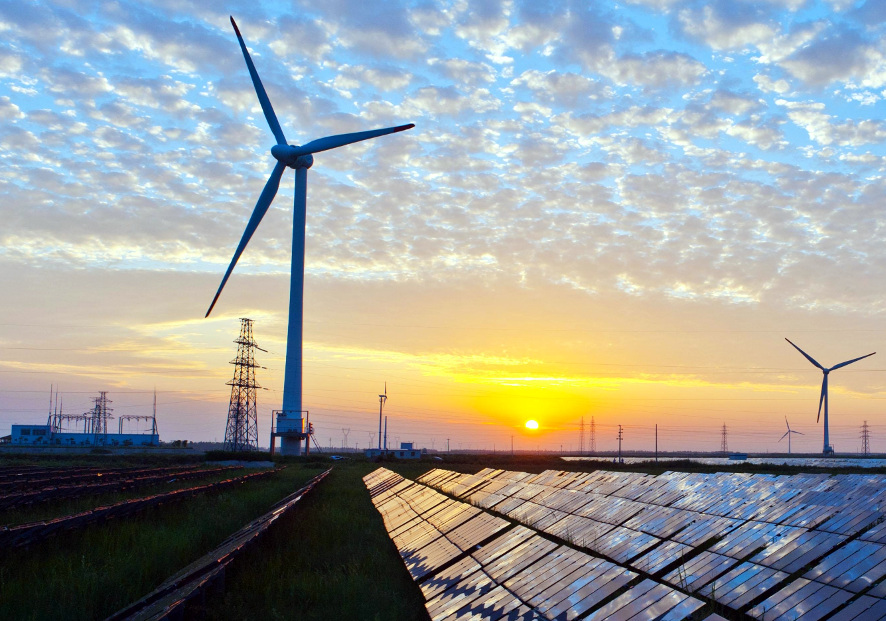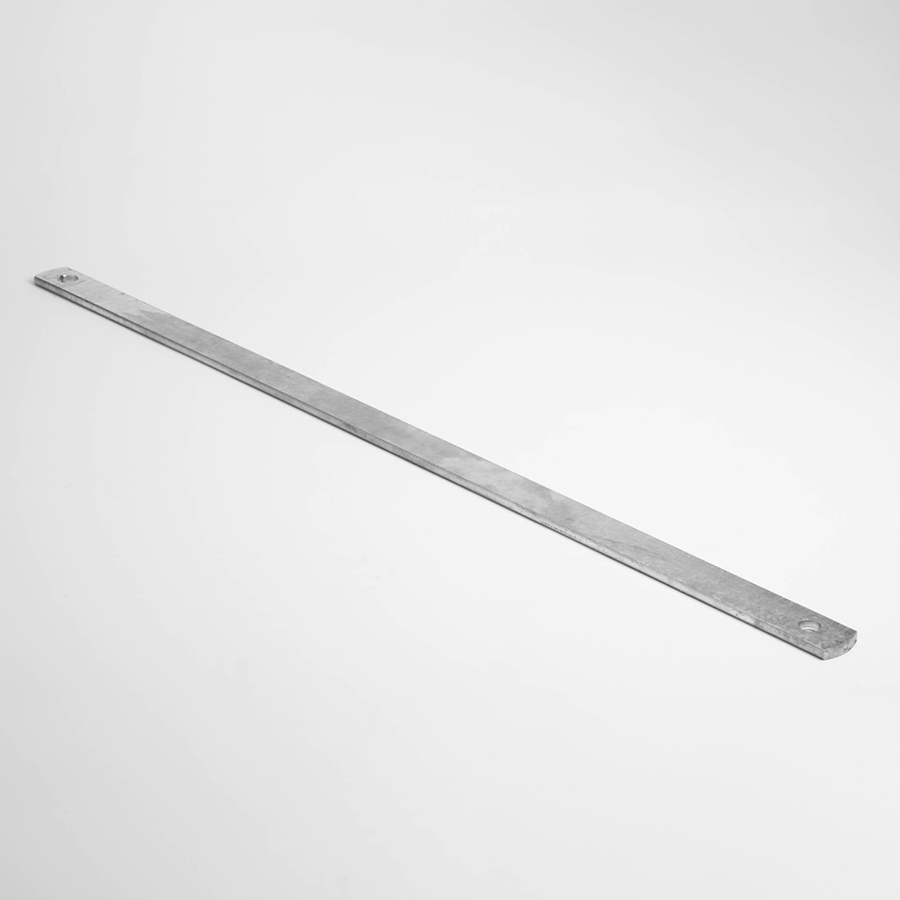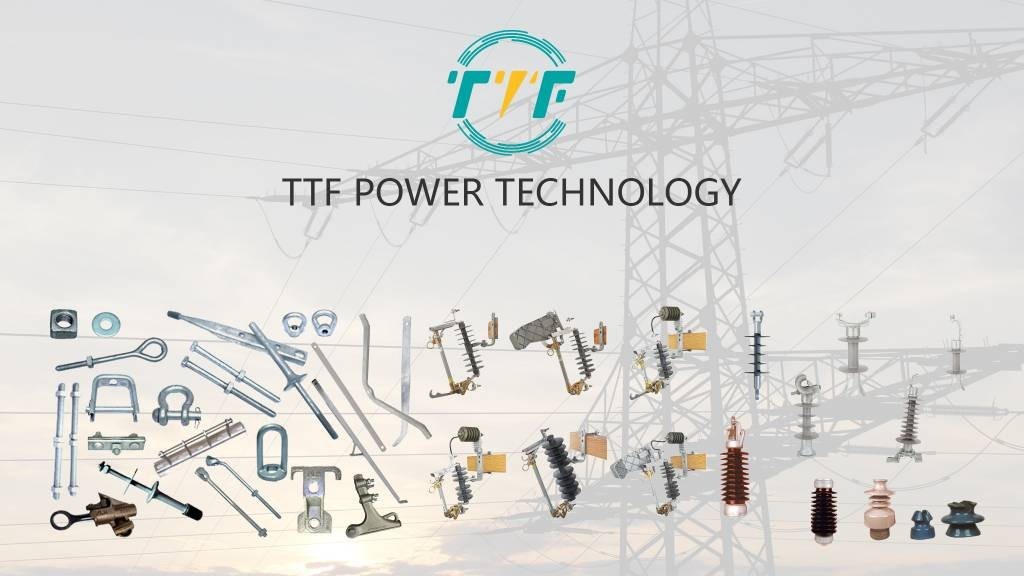
Energy efficiency provides a pathway to reduce energy consumption, enhance energy security, and mitigate environmental impacts. The diverse energy landscape and abundant natural resources provide the region the opportunity to advance energy efficiency. The region depends on hydropower, which supports electricity generation. It, however, faces high energy intensity in sectors like mining, agriculture, and transportation. The region can also reduce costs, improve energy access, and combat climate change. This is by investing in technologies, infrastructure, and policies. The path to energy efficiency needs collaboration between governments, private sectors, and communities. Brace crossarms are structural components in power transmission and distribution lines. They provide support and stability to the power lines by preventing excessive sag due to environmental factors.
Brace crossarms ensure the structural integrity of the power lines to contribute to a more reliable and stable grid. This reduces power outages and enhances energy efficiency. The crossarms support infrastructure used in smart grids, energy storage systems, and demand-side management programs. This ensures integration with renewable energy sources, storing excess renewable energy, and encouraging consumers to shift their energy consumption to off-peak hours. Brace crossarms help maintain a reliable power grid and support energy efficiency initiatives.
Opportunities for energy efficiency goals in South America’s energy sector
South America has opportunities to pursue energy efficiency goals that align with its growing energy demand and abundant renewable resources. The region can achieve significant economic, environmental, and social benefits. The following are the opportunities for energy efficiency goals in South America’s energy sector.

- Optimizing renewable energy systems—optimizing the integration of hydropower, solar, and wind with smart grid technologies helps reduce energy losses and enhance system reliability. For instance, Brazil’s efforts to modernize its grid with digital technologies enable better integration of renewable sources.
- Improving energy efficiency in industries—upgrading equipment, adopting energy-efficient motors, and implementing waste heat recovery systems can reduce energy intensity.
- Transforming urban infrastructure—the region can adopt green building standards and retrofit older buildings with energy-efficient insulation and HVAC systems.
- Upgrading energy transmission and distribution—upgrading transmission lines and employing technologies. This is including HVDC systems can reduce energy losses. Use of smart grid technologies can optimize electricity distribution, reduce outages, and enable demand-side management.
The role of brace crossarms in energy efficiency goals
Brace crossarms are structural components used in utility poles and transmission towers to support electrical lines. Their design and implementation play a crucial role in improving the reliability and efficiency of power distribution systems. This contributes to achieving energy efficiency goals in South America. Discussed below are the functions of brace crossarms in energy efficiency goals in South America.

- Reduced energy losses—safely installed brace crossarms ensure consistent spacing between power lines. This helps reduce the risk of sagging and energy losses due to short circuits. Brace crossarms provide structural integrity to maintain optimal conductor tension and reduce energy loss.
- Supporting renewable energy integration—high-voltage transmission lines help in transporting energy. Brace crossarms enable the installation and support of high-voltage systems and ensure minimal energy loss.
- Enhancing grid reliability—brace crossarms are vital for maintaining structural integrity. They protect them under heavy winds, storms, and other environmental conditions.
- Supporting smart grid technologies—brace crossarms can support the installation of sensors and monitoring devices.
- Rural electrification—brace crossarms support the construction of durable and efficient distribution lines. This enables reliable energy access while reducing transmission losses.
Impacts of energy efficiency goals in South America’s energy sector
Energy efficiency goals in South America impact the region’s economy, environment, and society. The region’s reliance on energy-intensive industries, expanding urbanization, and its commitment to sustainable development. TTF is a world-class global provider of high quality overhead line hardware, transmission hardware, distribution hardware, conductors, insulators, cutout switches, anchoring and grounding products. These components are essential for the construction of projects enhancing energy efficiency in South America. The following are the impacts of energy efficiency goals in South America.

- Economic impacts—energy-efficient appliances and systems reduce electricity bills. This makes energy more affordable for low-income populations. They also lead to job creation and boost energy security.
- Environmental impacts—energy-efficiency goals lead to reduction in greenhouse gas emissions, preservation of natural resources, and mitigation of air and water pollution.
- Technological and infrastructure impacts—investments in smart grid technologies and energy-efficient infrastructure bring reliability and flexibility to the grid.
- Regional and global impacts—South American countries share cross-border energy systems. This is including hydropower trade between Paraguay and Brazil. This strengthens regional energy ties and fosters cooperation.